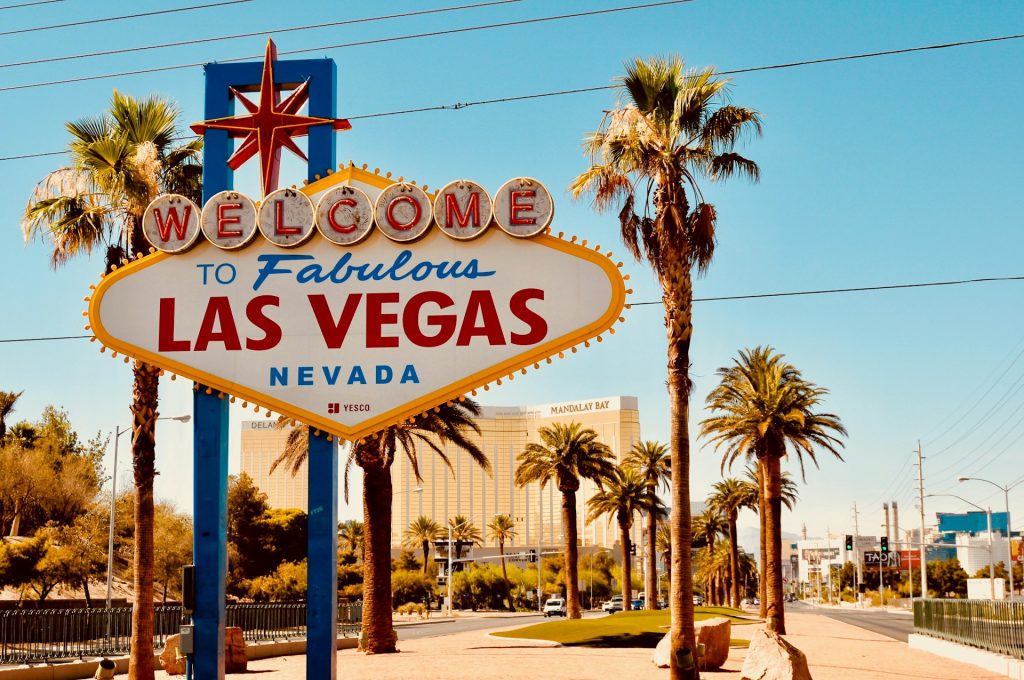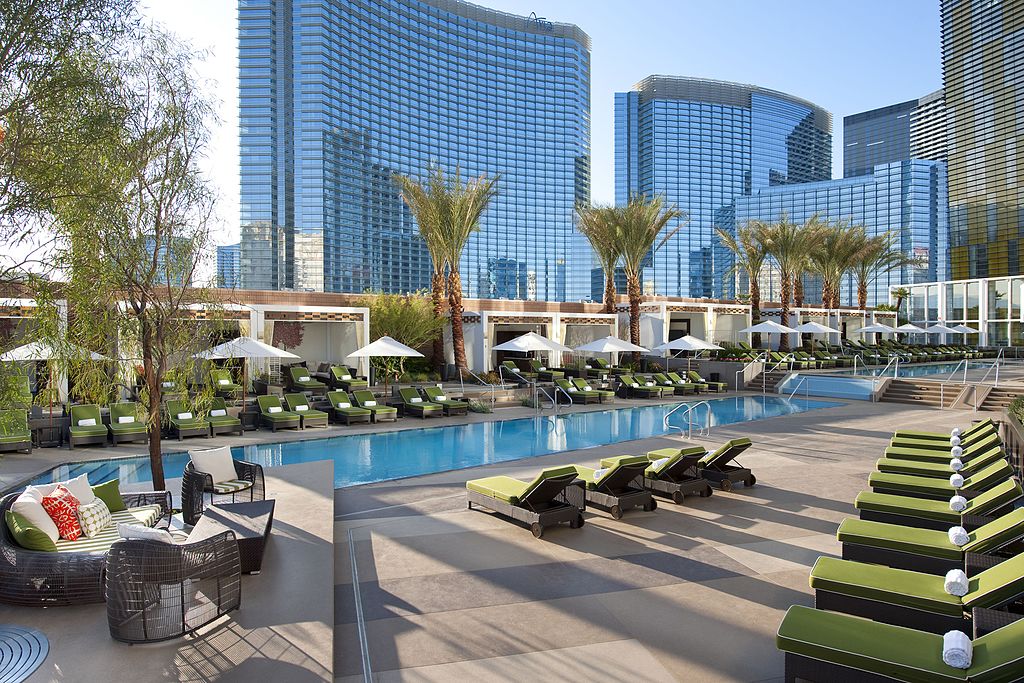Weather & Best Time To Visit

Las Vegas, situated in the heart of the Mojave Desert, owes its unique climate to its location in the rain shadow of the Sierra Nevada Mountains. This geographic barrier prevents moisture from reaching the region, resulting in an extremely arid environment with minimal rainfall—just about 3.3 inches annually. The city is also known for its abundance of sunshine, enjoying nearly 300 sunny days each year. These consistently dry and clear conditions make Las Vegas a year-round destination for millions of visitors seeking entertainment, relaxation, and outdoor activities. While the city’s climate is reliably warm and dry, some seasons offer more comfortable temperatures, particularly for outdoor excursions. With its bright blue skies and low humidity, Las Vegas provides an inviting setting for travelers whether they’re exploring nearby natural landmarks, lounging by luxurious pools, or immersing themselves in its renowned nightlife and world-class entertainment. The dependable weather ensures that plans are rarely disrupted, solidifying Las Vegas as a premier destination in any season.
When is the Best Time to Visit?

The best times to visit Las Vegas are in the spring and fall. During these seasons, the temperatures are warm but not extreme, providing ideal conditions for outdoor activities and exploring the city. For those who want to enjoy swimming and lounging by the pool, the period from mid-March to mid-November is perfect.
In the summer months, particularly in July and August, temperatures often exceed 104°F. Despite the intense heat, the extremely dry air makes it more bearable compared to humid climates. Visitors can find relief at the city’s numerous pool facilities and in the well-air-conditioned hotels and casinos, which are designed for comfort even in the hottest weather.
During the winter, daytime temperatures are pleasant, often reaching over 68°F under sunny skies. This makes it an excellent time for outdoor sports like golf and tennis. However, as the afternoon transitions into evening, temperatures drop significantly, and a warm jacket becomes essential. These mild and sunny winter days ensure Las Vegas remains an appealing destination even in the cooler months.
Temperature Table / What To Wear
|
Month
|
°F Day
|
°F Night
|
Weather / Dress
|
|---|---|---|---|
|
January
|
55°
|
34°
|
Cool weather; pack layers, a light jacket, and sweaters.
|
|
February
|
63°
|
37°
|
Cool weather; bring layers and a light jacket.
|
|
March
|
68°
|
45°
|
Mild weather; pack light layers and a jacket.
|
|
April
|
77°
|
50°
|
Warm weather; bring light clothing and a jacket for evenings.
|
|
May
|
88°
|
61°
|
Hot weather; pack lightweight clothing and sunscreen.
|
|
June
|
100°
|
68°
|
Very hot weather; wear breathable, light clothing and stay hydrated.
|
|
July
|
106°
|
75°
|
Extremely hot weather; wear lightweight, loose clothing and stay in the shade.
|
|
August
|
104°
|
73°
|
Extremely hot weather; wear light, breathable clothing and stay cool.
|
|
September
|
95°
|
66°
|
Hot weather; wear light clothing and stay hydrated.
|
|
October
|
82°
|
54°
|
Mild to warm weather; pack layers and a light jacket for evenings.
|
|
November
|
66°
|
43°
|
Cool weather; bring layers and a warm jacket for evenings.
|
|
December
|
57°
|
34°
|
Cool weather; pack layers, a jacket, and warm clothing for evenings.
|
